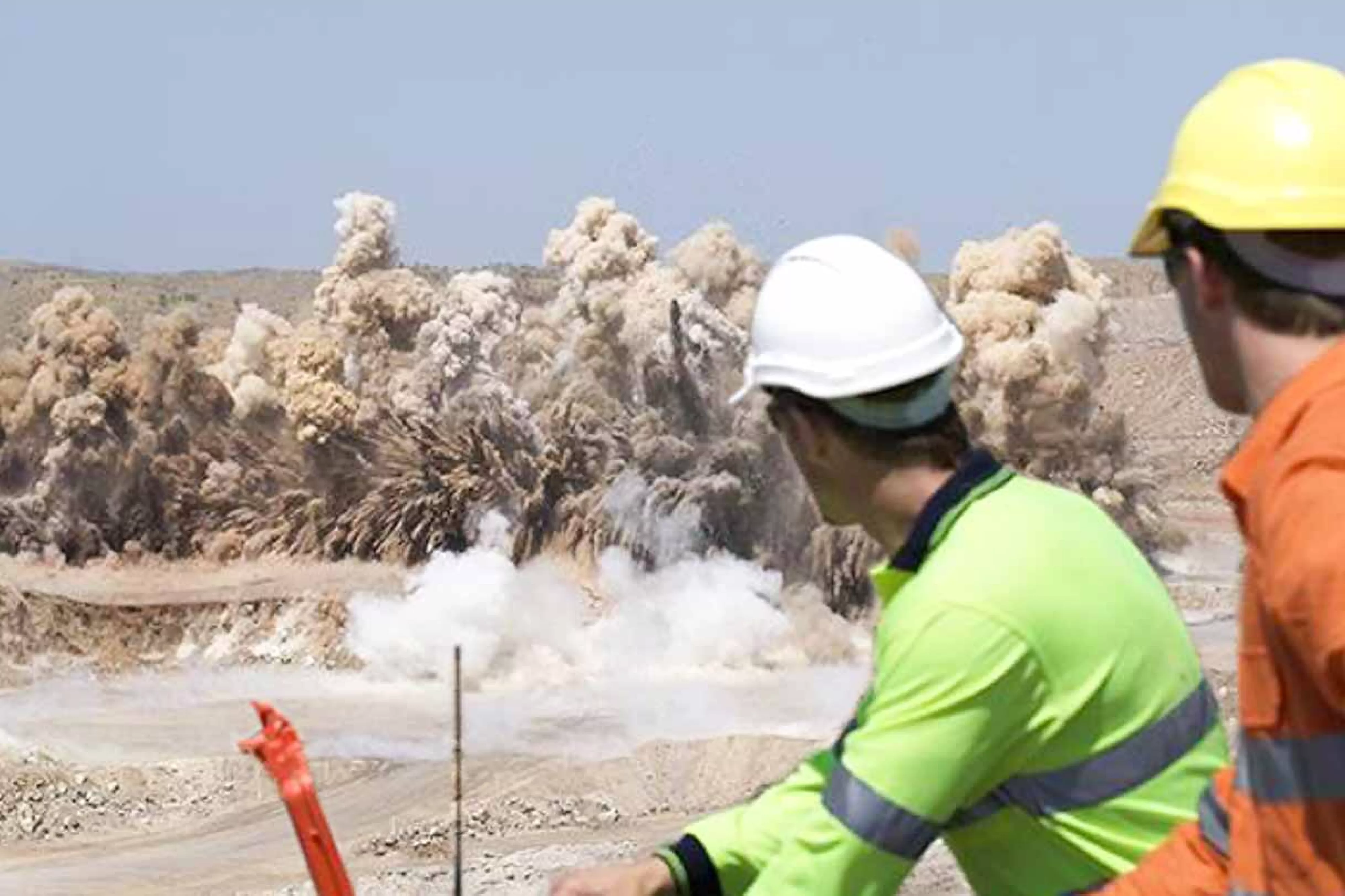How Computer Models Can Help Predict and Optimize Blasting Operations
Optimized blasts reduce Orica's operating costs and provide higher metal yields.
Background
Blasting is as much an art as it is a science. Getting it right can require months of planning, calculations, and analysis. Even the most experienced blasting engineers rely on tools to increase their rate of success. For this, mining operations can gain valuable insight by inputting their blast scenarios into various computer models to better understand the predicted outcome. For example: How do different rock domains react to blast vibrations? Each blast result is based on a number of factors and can cause an array of vibrations that propagate at different velocities and amplitudes.
Optimizing the outcome can provide a reduction in drill and blast costs without adverse effects on dig rates. It can provide an overall increase in the desired material recovery and prevent excessive vibration/damage to the highwalls.
Understanding the vibration pattern from a blast hole, as well as the timing between blast holes, are crucial in getting the best outcomes. Predicting and optimizing fragmentation from any blast can offer higher and quicker returns on investment (ROI) since smaller particle sizes allow for:
- Increased bulk density
- Faster throughput in the milling cycle
- Fewer haul trucks for the same ore weight
- Reduced dwell-time during the Heap Leach process

Challenge
The commercial pressures of global competition influence efforts to streamline cost-efficient material extraction processes. Knowing, that in many cases, mining companies seek innovative techniques to enhance their productivity and yields, maximum fragmentation, with a minimum cost of explosives, will produce the greatest profits. Operations continue to depend on preventing vibration damage to the neighboring structures. When there are minimal vibration effects, then operations are unhindered from neighboring complaints and litigations against them.
Approach
To help their customers find the right balance between fragmentation and vibration, Orica uses their two software models below:
- Multiple Blasthole Fragmentation (MBF) Model
- Mulitple Seed Waveform (MSW) Model
The MBF is used to generate optimal fragmentation from multiple blast design scenarios. The MSW is used to model blast vibrations to ensure that changes predicted by the MBF model do not cause excessive vibrations affecting the highwalls or surrounding structures. Model parameters were calibrated with actual fragmentation distributions and actual production blast vibration levels that were recorded on-site using Instantel’s vibration monitoring equipment.
Results
Borehole distances and their relative positions were tested using different scenarios to improve the MBF model and render more accurate predictions, these predictions were then used for mining operations recommendations.
Measurements were plotted on a graph to generate outcome curves. In this graph the High Energy Emulsion A and High Energy Emulsion B show higher rock fragmentation from the Standard Emulsion and far superior fragmentation with respect to ANFO (Ammonium Nitrate Fuel Oil). Increasing the RBS (Relative Bulk Strength) from 100 to 244 increases fragmentation. P80 is reduced by 66% and P50 is reduced by 75%.
The effects of optimized timings for blast detonation further enhance the fragmentation. In this graph, the optimized curves (Mod V1 Standard Emulsion and Mod V1 High Energy Emulsion) show a considerable increase in fragmentation from their non-optimized counterparts. Increasing the RBS (Relative Bulk Strength) from 119 to 244 and using modified timings results in P80 reduced by 28% and P50 reduced by 42%.
The computer model results show that:
- Increasing explosives’ energy from standard emulsions to high-energy emulsions yields higher fragmentation. (MBF)
- Modifying blast timings can offset/dampen the higher vibrations from high energy emulsions minimizing the adverse effects it produces on highwalls. (MSW)
We use Instantel, because we trust their seismographs to consistently provide accurate data that seamlessly integrate with our computer blast models.
Conclusion
The MBF and MSW computer models used in an open pit metal mine helped the mine optimize blast fragmentation. The models provided realistic objective data on which to base operational decisions. The models also provided further optimization recommendations, namely:
- Always use emulsions which yield a better cost/benefit ratio. Higher strength explosives will improve fragmentation and metal recovery.
- Modify the blast design close to highwalls to reduce the effects of blast vibration.
- Modify V1 timings to improve the fragmentation compared to current timing.
The use of emulsions helped the mine increase the dig rate by 7% over ANFO. These higher dig rates were directly correlated to finer fragmentation. These components helped to reduce operating costs and yielded higher metal extraction efficiency.